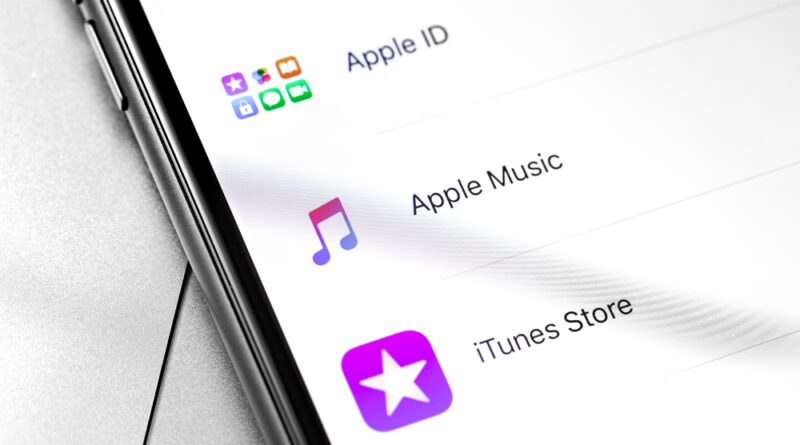Apple ID Hack: New Warning Issued for 2 Billion Users
A significant warning has been issued for more than two billion Apple users worldwide, as cybercriminals increasingly shift their focus from Microsoft Windows to Apple devices and user accounts. Security researchers have revealed a spike in phishing campaigns and “scareware” alerts targeting Apple IDs—the vital credential connecting iPhone, iPad, and Mac users to their devices and personal data.
Hackers Shift Gears
According to researchers at cybersecurity firm LayerX, an account-compromising attack campaign once aimed primarily at Windows computers has now zeroed in on Apple users. This shift likely comes in response to “new security features rolled out by Microsoft, Chrome, and Firefox,” which have made Windows-based attacks less lucrative, the firm says.
“With new security features rolled out by Microsoft, Chrome, and Firefox, the attackers have shifted their focus to Mac users,” the researchers explained. “While the platform has changed, the methodology has not.”
How the Scam Works
The attack involves cloned or fake websites that display alarming “security notices,” urging users to take immediate action to prevent their Apple ID from being suspended or locked. These scare tactics often prompt unsuspecting users to enter their Apple ID credentials on a fraudulent site.
“It’s a simple approach, but simplicity works,” explains a LayerX spokesperson. “Presenting a security alert that appears legitimate convinces users to follow instructions without verifying the authenticity of the notice.”
Once the criminals capture those details, they can potentially access a victim’s entire Apple ecosystem—including stored payment methods, personal files, and synced devices—posing a serious threat to both personal privacy and financial security.
Apple Urges Vigilance
Apple stresses that it does not ask customers to log into unknown websites or enter private information in the form of unsolicited requests or pop-up dialogs. “If you’re suspicious about an unexpected message, call, or request for personal information, such as your email address, phone number, password, security code, or money,” the tech giant says, “it’s safer to presume that it’s a scam.”
Protecting Your Apple ID
Experts recommend that users remain vigilant and take the following steps to secure their Apple accounts:
-
Enable Two-Factor Authentication (2FA): This feature adds an extra layer of protection by requiring a second confirmation code in addition to your password.
-
Use Strong, Unique Passwords: Avoid reusing passwords across multiple accounts.
-
Verify URLs and Email Senders: Double-check links and sender information before clicking on any unexpected notification or email.
-
Update Devices Regularly: Keep your iPhone, iPad, and Mac software up to date with the latest security patches.
-
Check Official Apple Settings: If you receive a suspicious alert about your Apple ID, review your account by going directly to the Settings app on your device or visiting Apple’s official website.
As security experts warn of intensifying threats, Apple users are urged to stay informed, practice good password hygiene, and avoid clicking on questionable links. With new tactics emerging regularly, vigilance remains the key to safeguarding the valuable gateway that is your Apple ID.
Photo Credit: DepositPhotos.com

